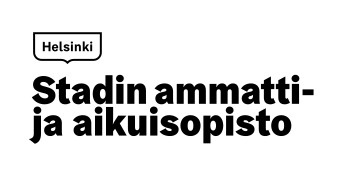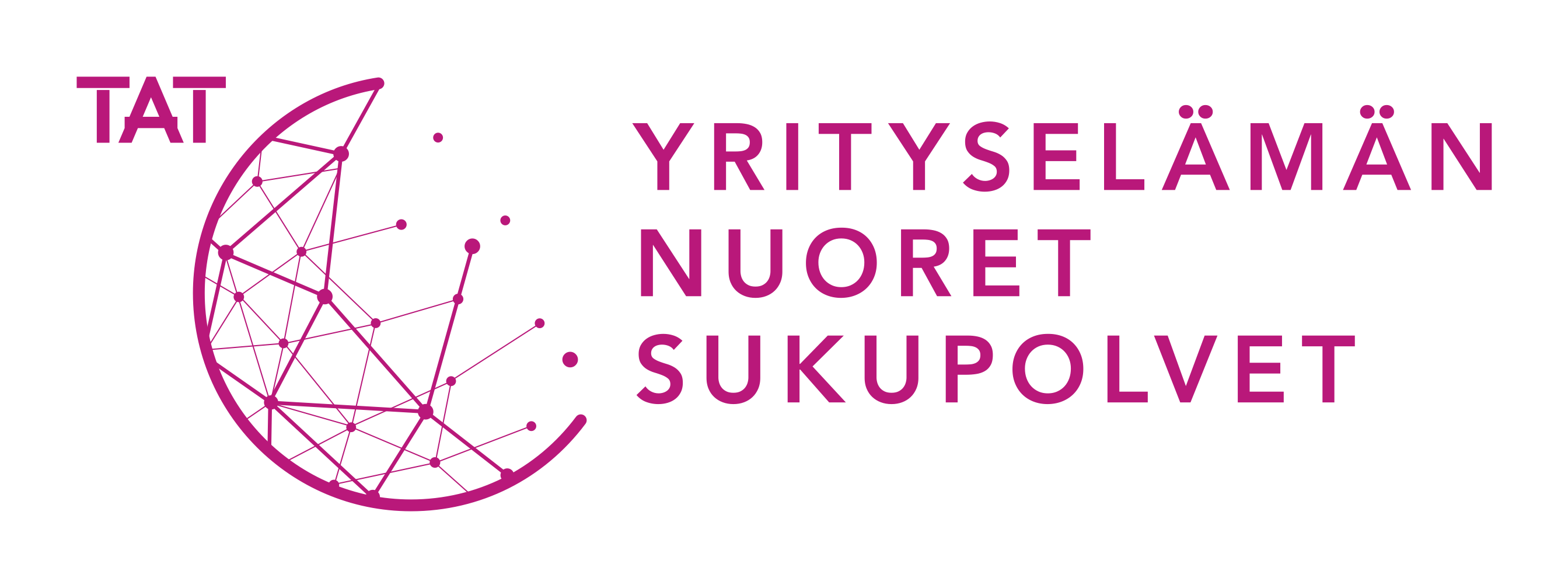Circular economy concepts
The different forms of the textile and fashion industry can be considered to include the different parts of the overall design and production process. According to the circular economy ideology, all activity across the production chain is aimed at a closed loop in which previously used natural resources are utilised in manufacturing new products. The aim of the circular economy is to combine two separate parts of the existing system into one. Recycling and waste management in their current form would be discontinued in favour of being merged into parts of the production chain.
The terminology related to the circular economy is still being developed, and it will take years for it to become established.
Circular economy concepts
- Recycling – Taking products to be reused, primarily in the end-of-life disposal phase
- Sustainable development – The process of production processes and operating models becoming ecologically and economically sustainable
- Ecodesign – Any product or service produced ethically and ecologically
- Ethical/organic production – A natural production method
- Downshifting – Reducing consumption
- Circular economy – A way of thinking and operating that seeks to save natural resources
- Closed loops – Leftover materials produced in a particular phase of production being utilised in their creation phase so that they become usable materials rather than waste
- Upcycling – A product produced from leftover materials or materials disposed of by consumers
- Pre-consumer / Post-consumer – Two parts of the existing production chain. Pre-consumer refers to the parts of the first phase in which the material or product has not yet been a consumer commodity. Post-consumer (second hand) mainly refers to clothing or other textiles disposed of by consumers
- New production / Upcycling – New production refers to products produced from new virgin materials, while upcycling refers to products produced from leftover materials
- Deadstock – Material left over from distribution and sale
- Cutting waste – Leftover materials created in the cutting phase of production
- Leftover – Leftover from any phase of production
- Cradle to crave / Cradle to cradle – The material is wasted / The material is reused. In the cradle-to-cradle model, clothes are designed to be as long-lasting as possible. Used clothes in good condition are taken to be reused, and when the clothes are no longer fit for use, their textile materials can be utilised in other products. Once the textile reaches the end of its life, it is recycled into new fibre and clothes with the help of technology. A change in the approach to product lifecycles
- Life cycle thinking – Taking a product’s entire lifecycle into account, starting from the pre-planning phase and including the phase in which the product is transferred from a consumer to a recycler
- Zero waste – Originally a cutting technique, but also a comprehensive way of thinking and operating that seeks to prevent the production of leftovers/waste in all phases of production
- Renewable and non-renewable natural resources / Biotic and abiotic natural resources – Abiotic resources include water, soil and air, for example
- Virgin material – Any material sourced from nature, such as cotton
- Filleting – Breaking down a product into its original pieces





